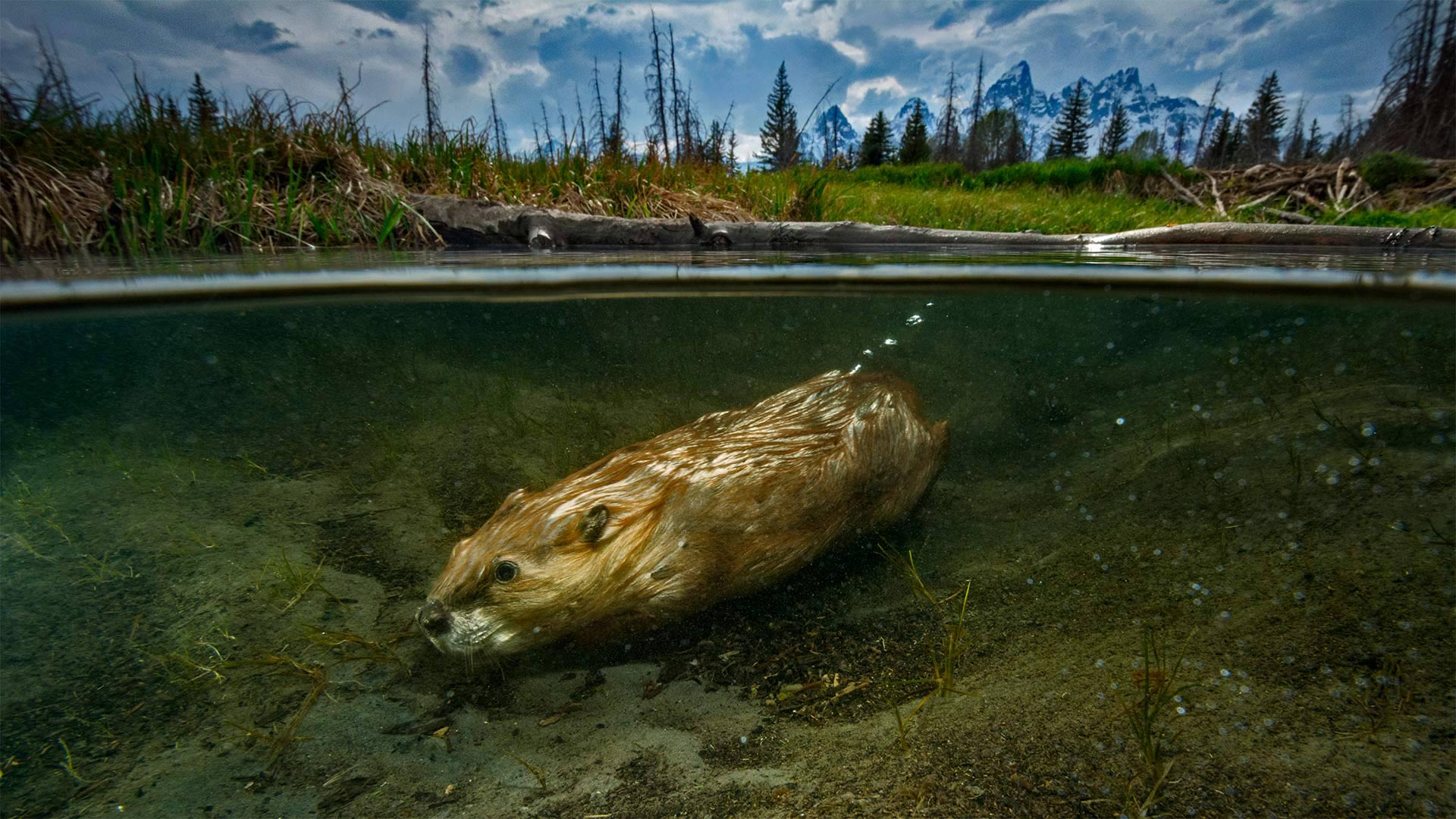Ventilation systems in buildings and facilities are essential to maintaining air quality and maintaining a comfortable environment for occupants. One of the key components of these systems are the primary fans, which act as the backbone, providing the necessary airflow to ensure effective ventilation throughout the space.
Primary fans are responsible for moving air through the ventilation system, pushing fresh air in and pushing stale air out. They are essential for maintaining a healthy indoor environment and are used in a wide range of applications, including commercial buildings, industrial facilities and residences.
The main function of these fans is to create a constant and controlled flow of air, which helps regulate temperature, humidity and air quality. In commercial and industrial environments, main fans are often integrated into HVAC systems to provide heating, cooling and ventilation as needed.
In addition to providing fresh air, primary fans also play a vital role in removing contaminants and pollutants from the indoor environment. By continuously circulating air, they help prevent the buildup of harmful substances such as mold, dust and volatile organic compounds (VOCs). This is particularly important in industrial facilities where air quality regulations are strict and the presence of pollutants can pose serious health risks to workers.
The efficient operation of primary fans is essential for the overall effectiveness and energy efficiency of ventilation systems. Proper sizing, installation and maintenance of these fans are crucial to ensure optimal performance and prevent problems such as poor air distribution, reduced airflow and increased energy consumption.
Modern primary fans feature advanced technologies, such as variable-speed drives and energy-efficient motors, that help optimize airflow and reduce energy costs. These innovations have significantly improved the performance and reliability of ventilation systems, making them an essential part of today’s buildings and facilities.
Additionally, primary fans are often integrated into building automation systems, allowing remote monitoring and control of airflow. This allows facility managers to adjust ventilation settings in real time, ensuring air quality and comfort levels are consistently maintained.
In conclusion, primary fans form the backbone of building and facility ventilation systems, playing a vital role in maintaining a healthy and comfortable indoor environment. Their ability to provide controlled airflow, remove contaminants, and operate efficiently makes them an indispensable component in modern HVAC systems. As technology advances, primary blowers will continue to play a key role in improving the performance and durability of ventilation systems.
Primary fans: the backbone of ventilation systems in buildings and facilities




